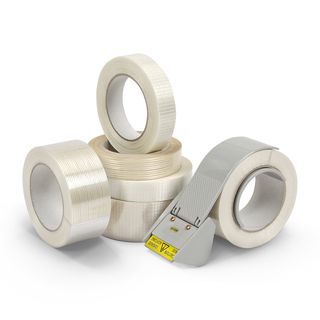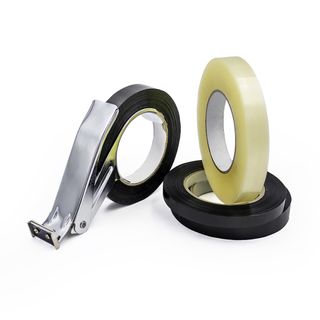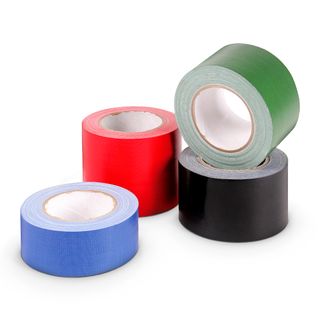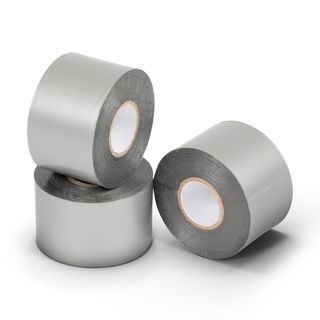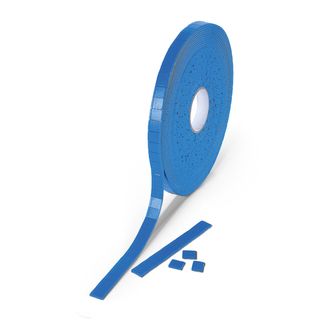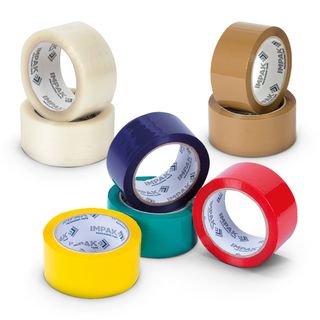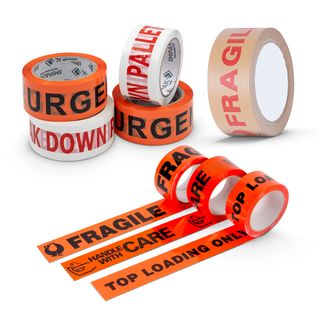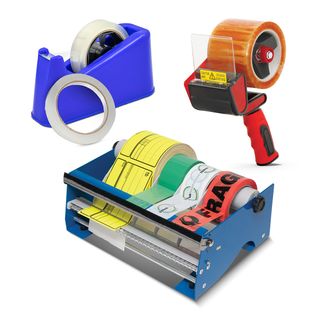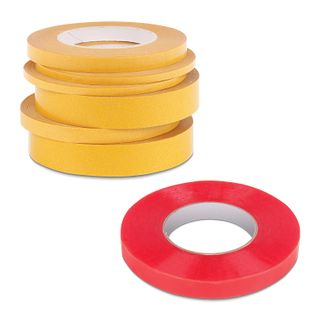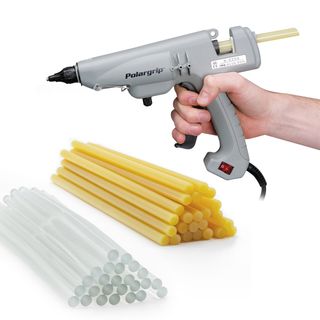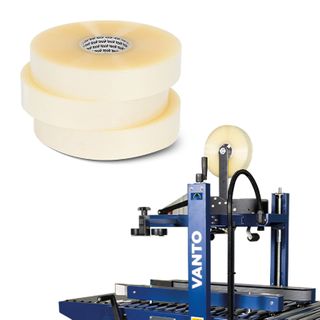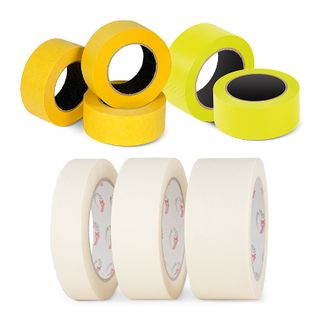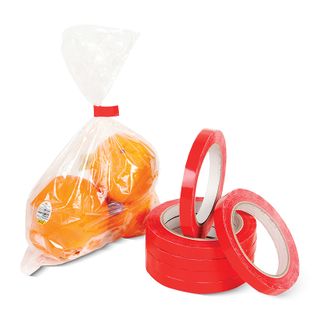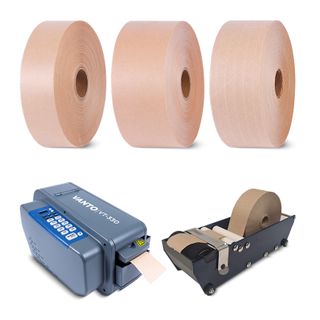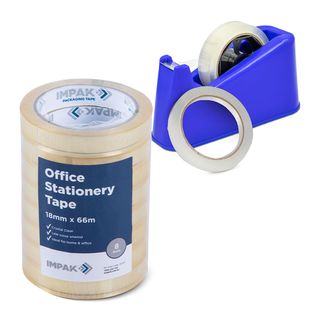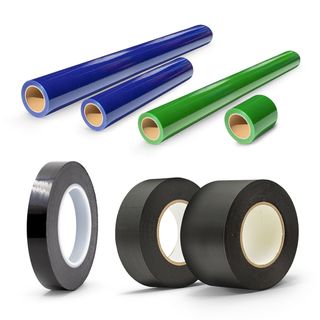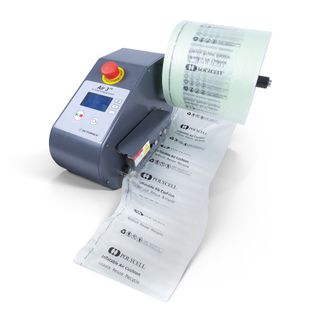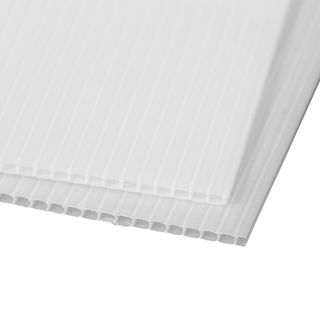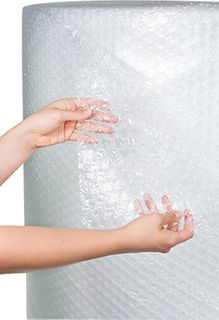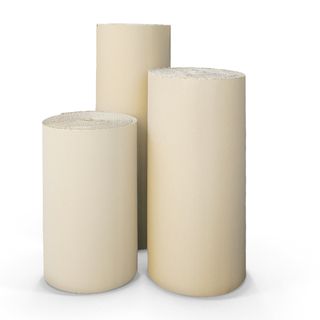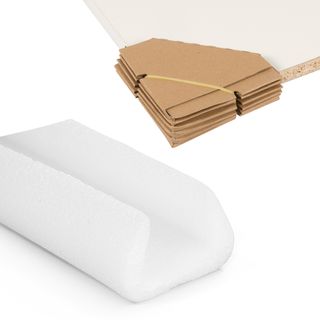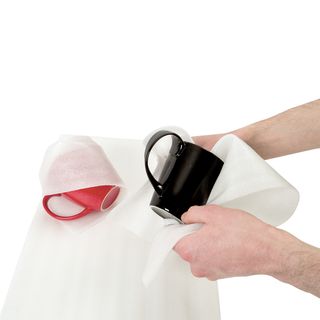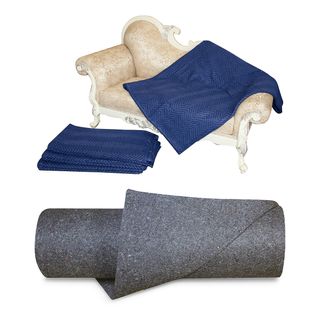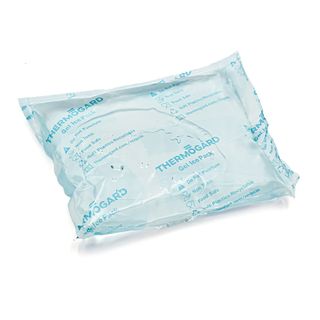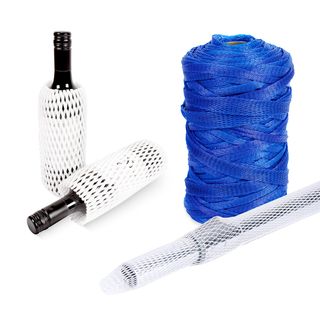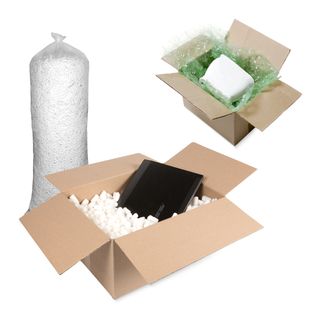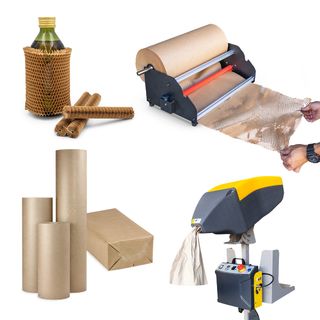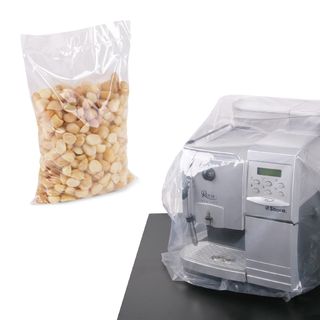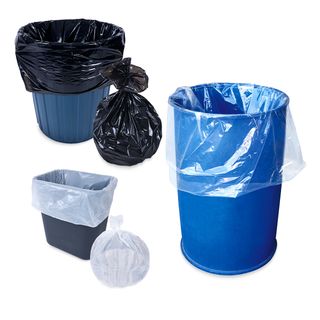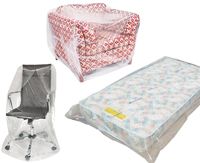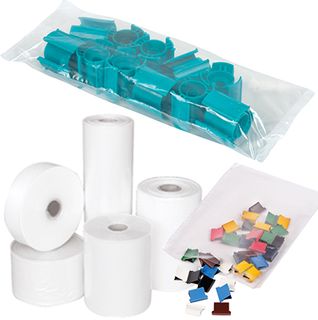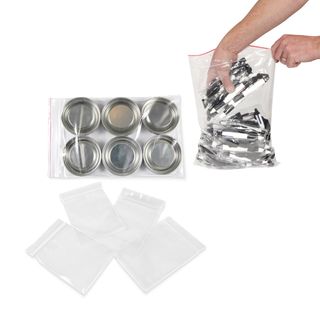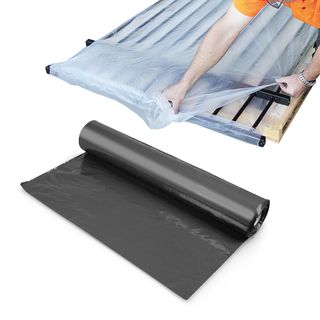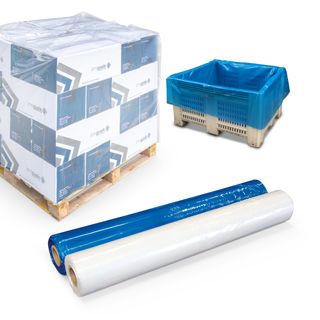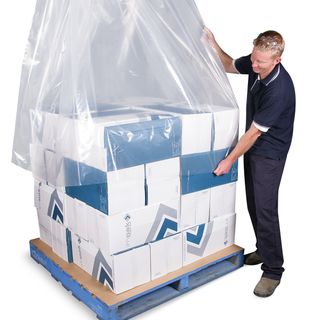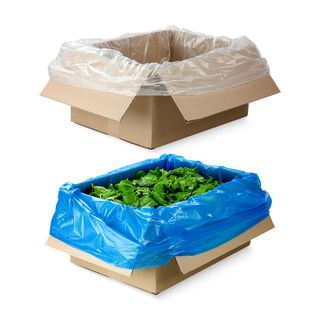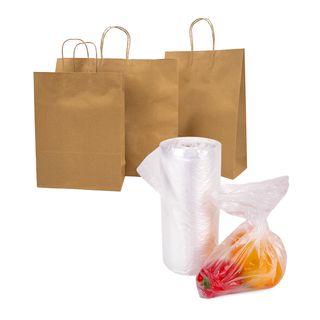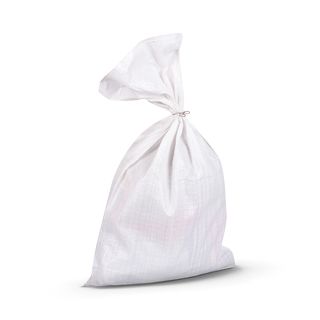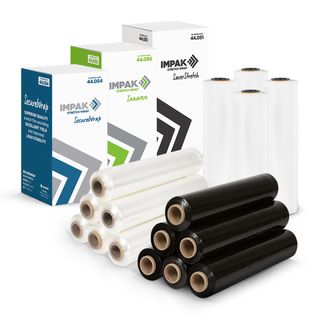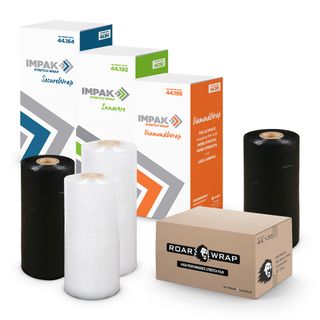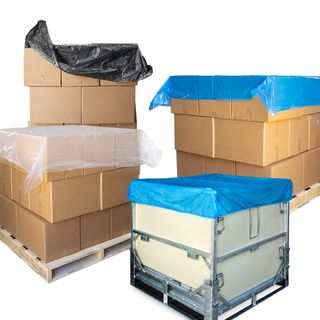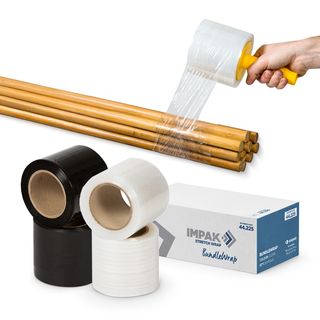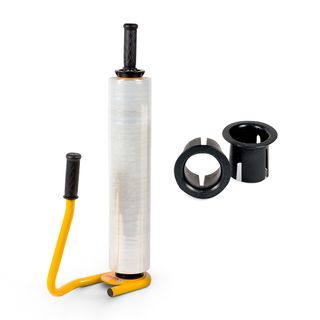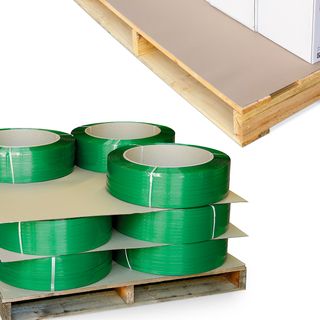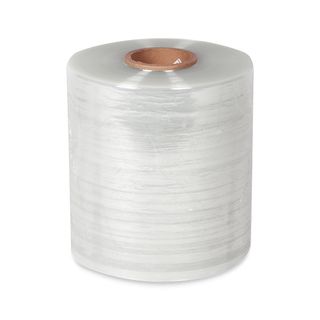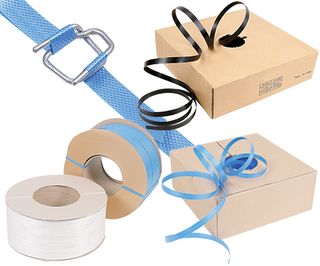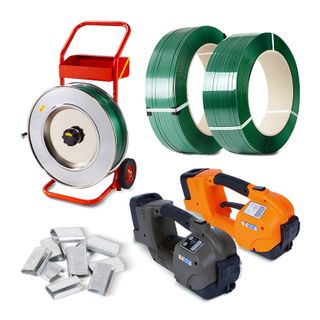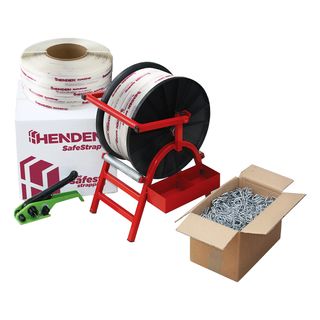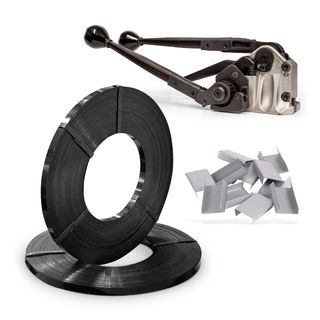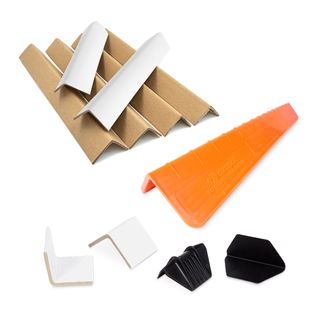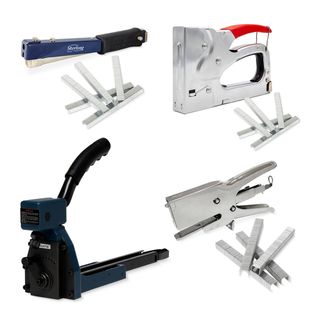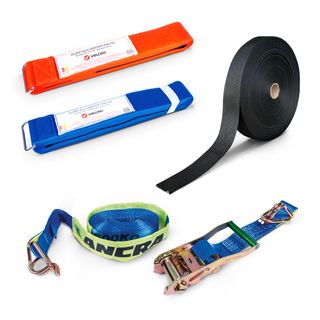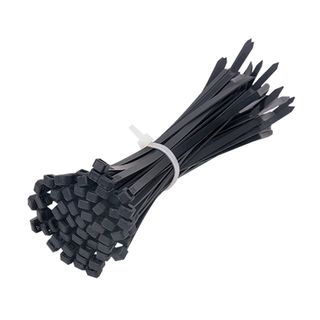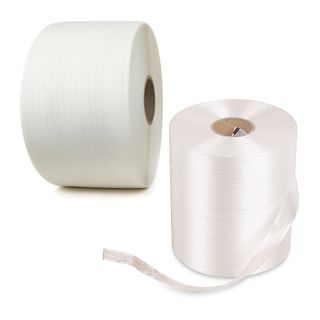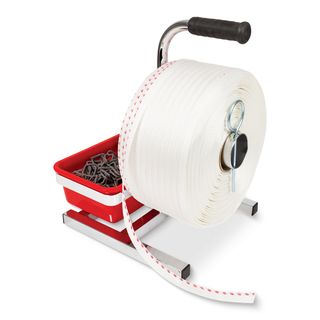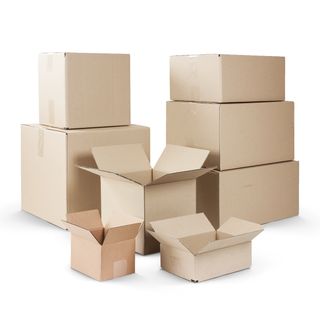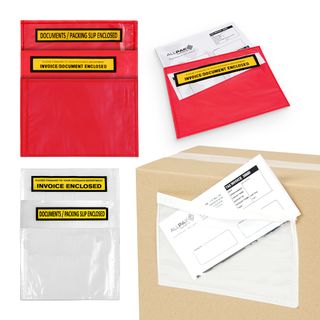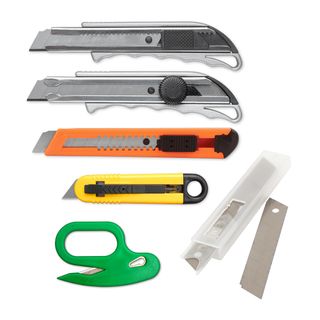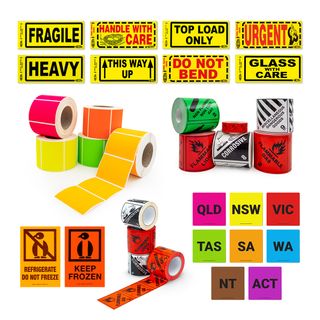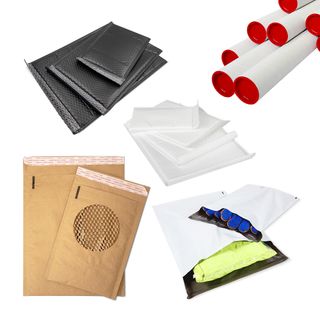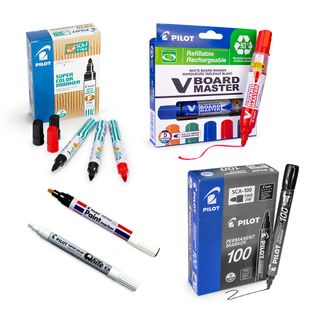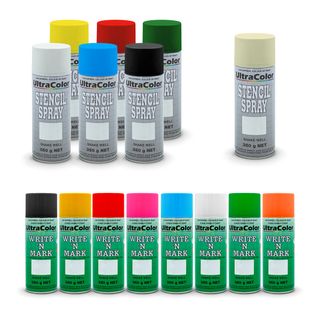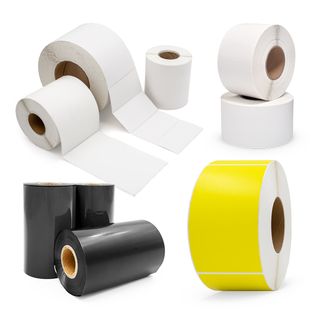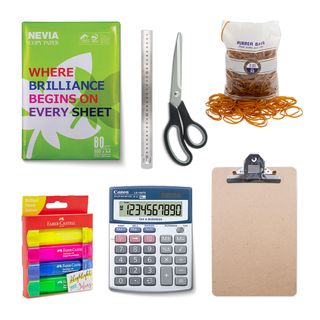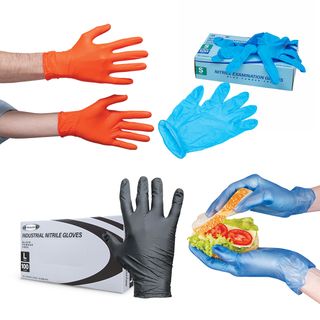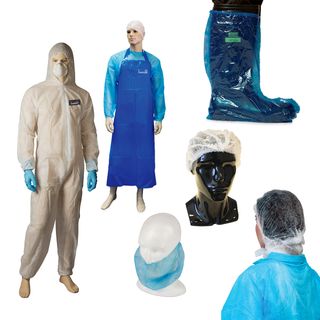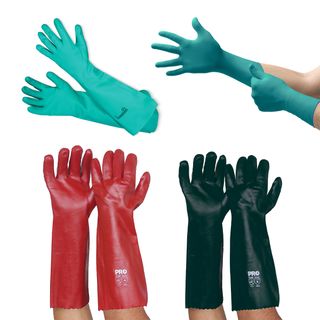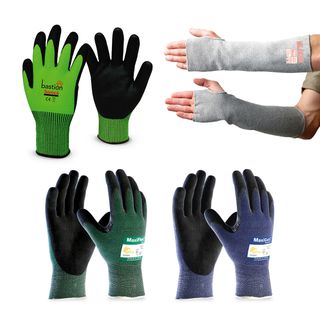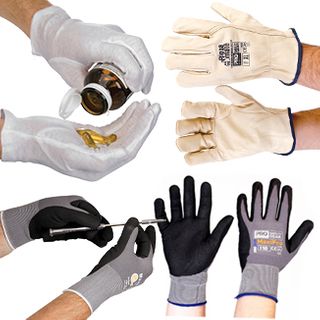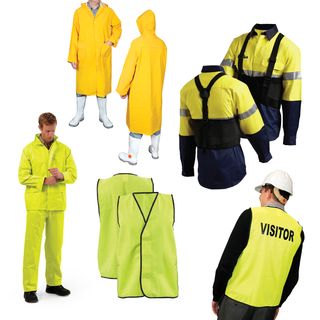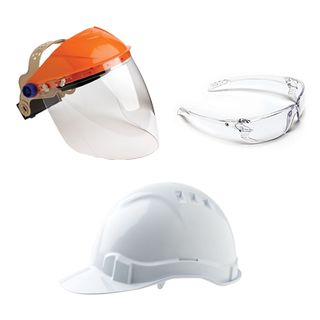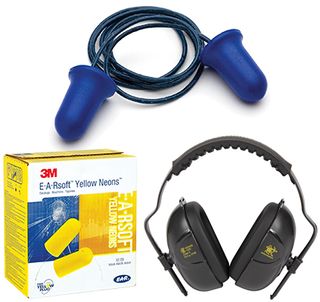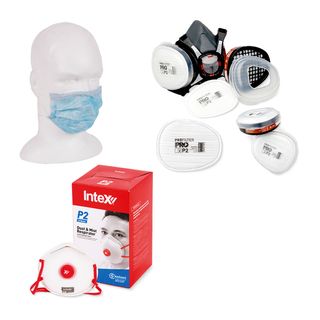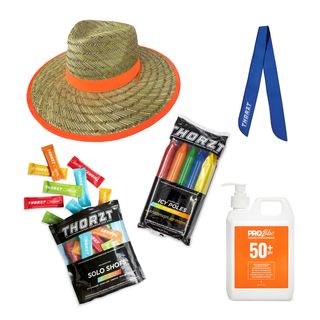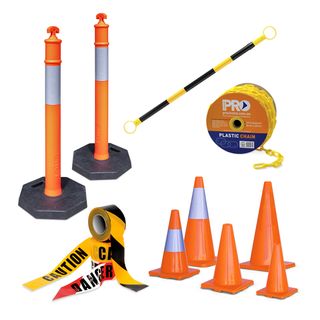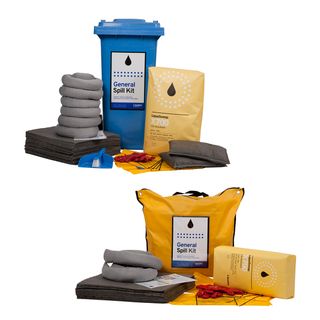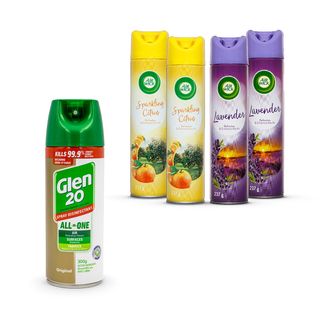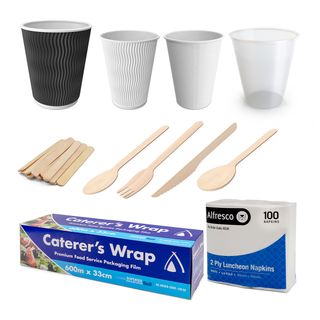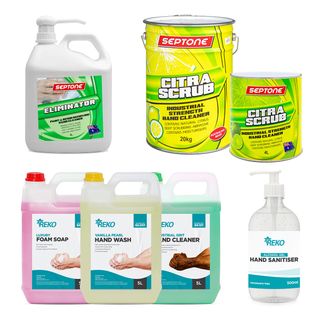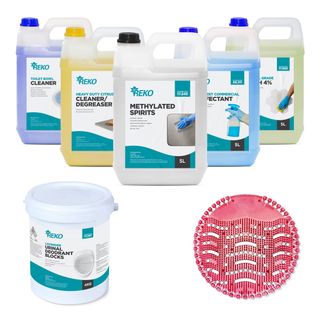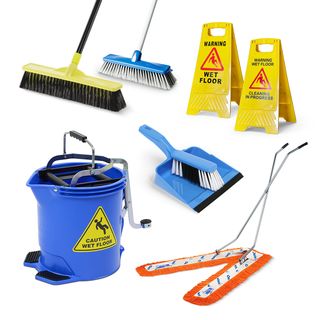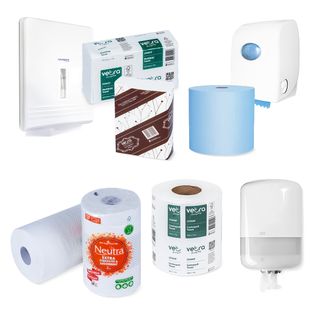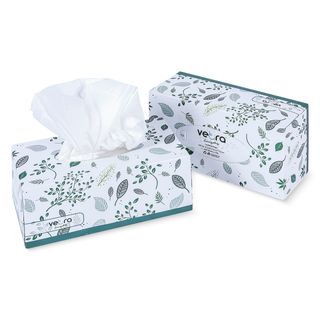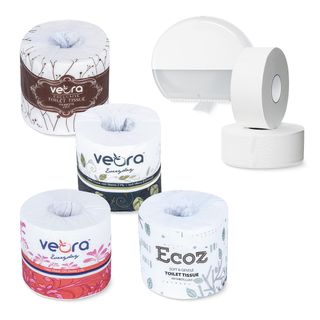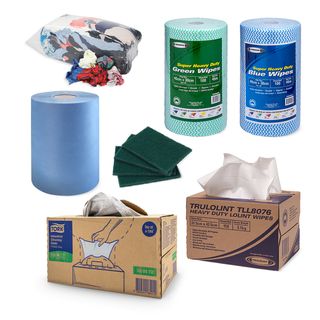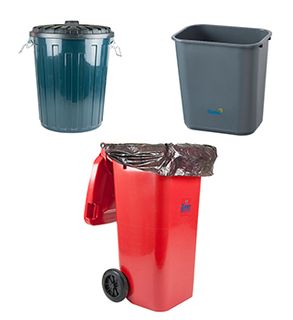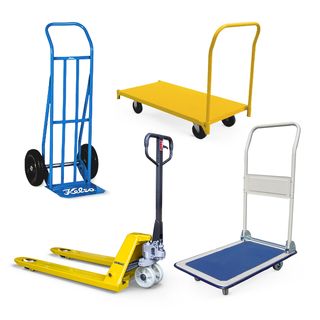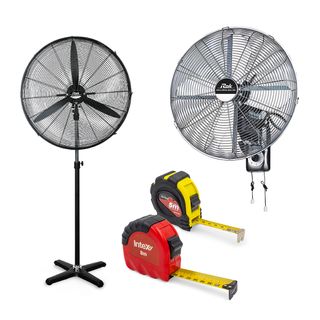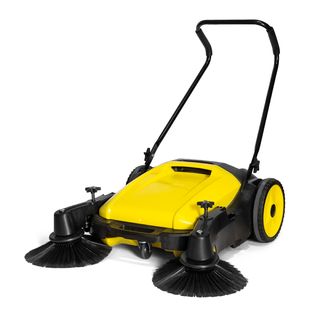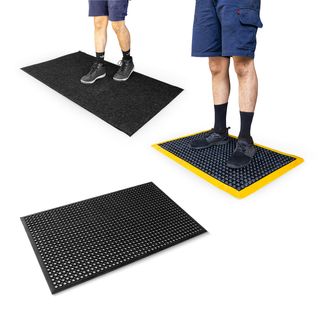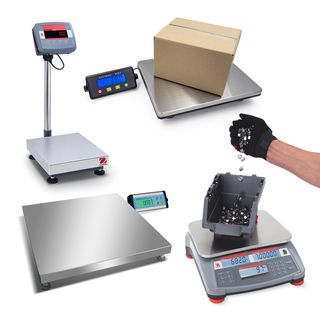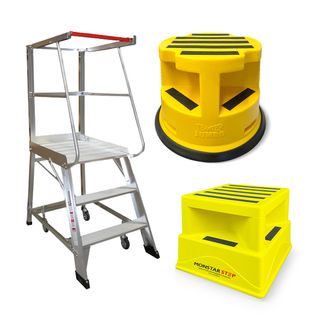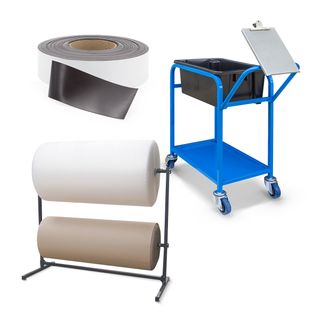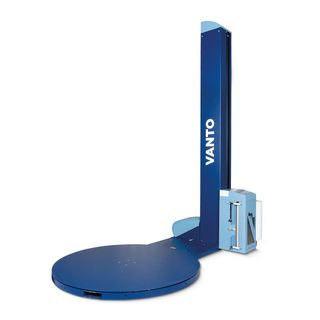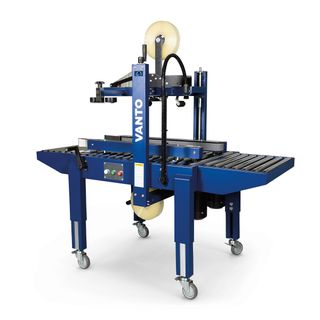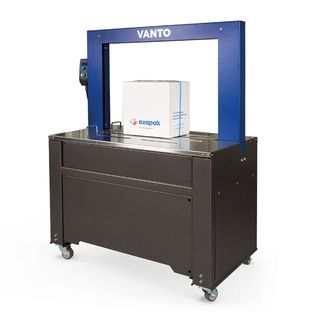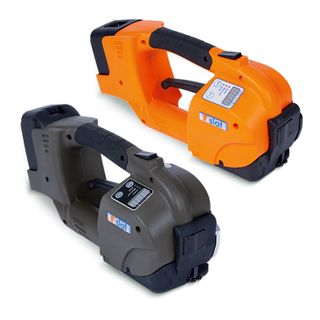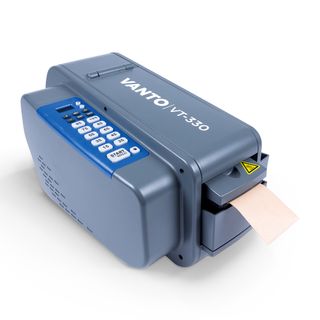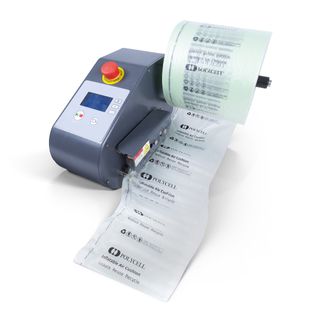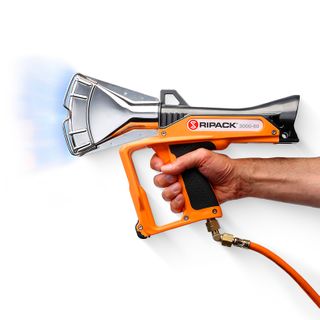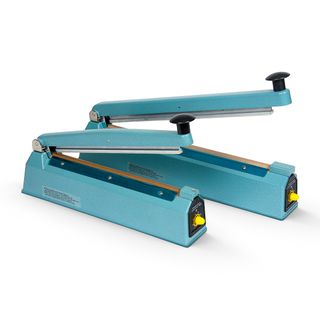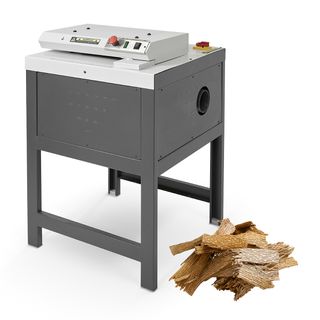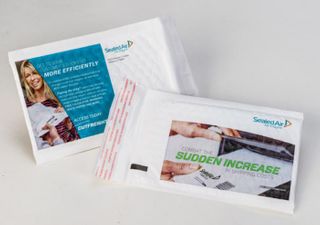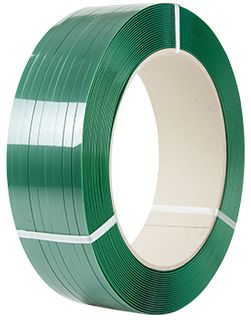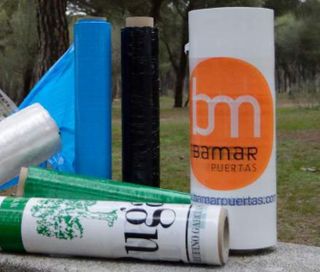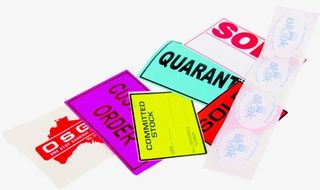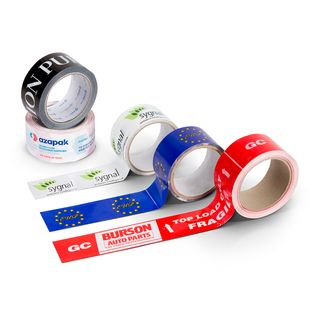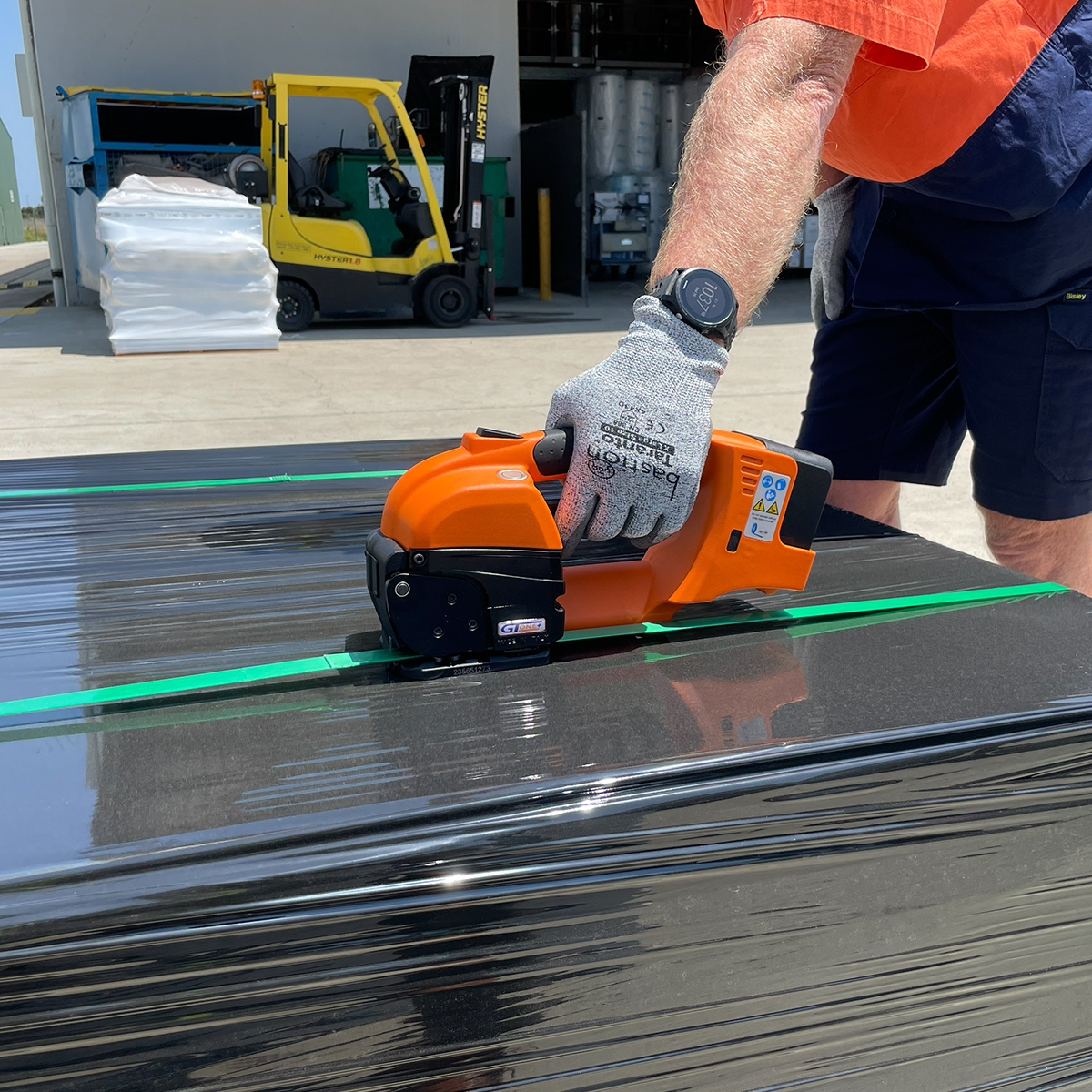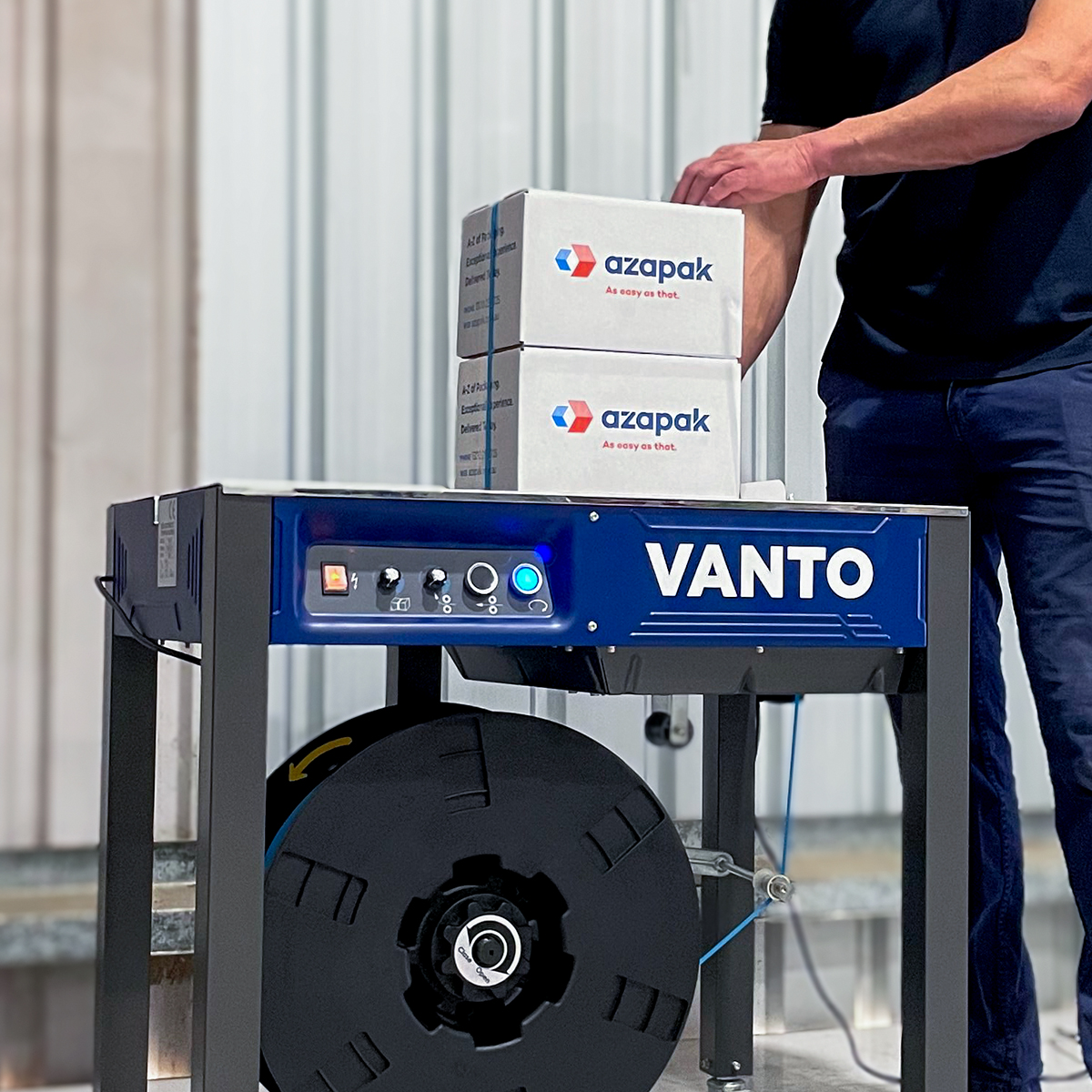What Type of Packaging Strapping Should I Choose?
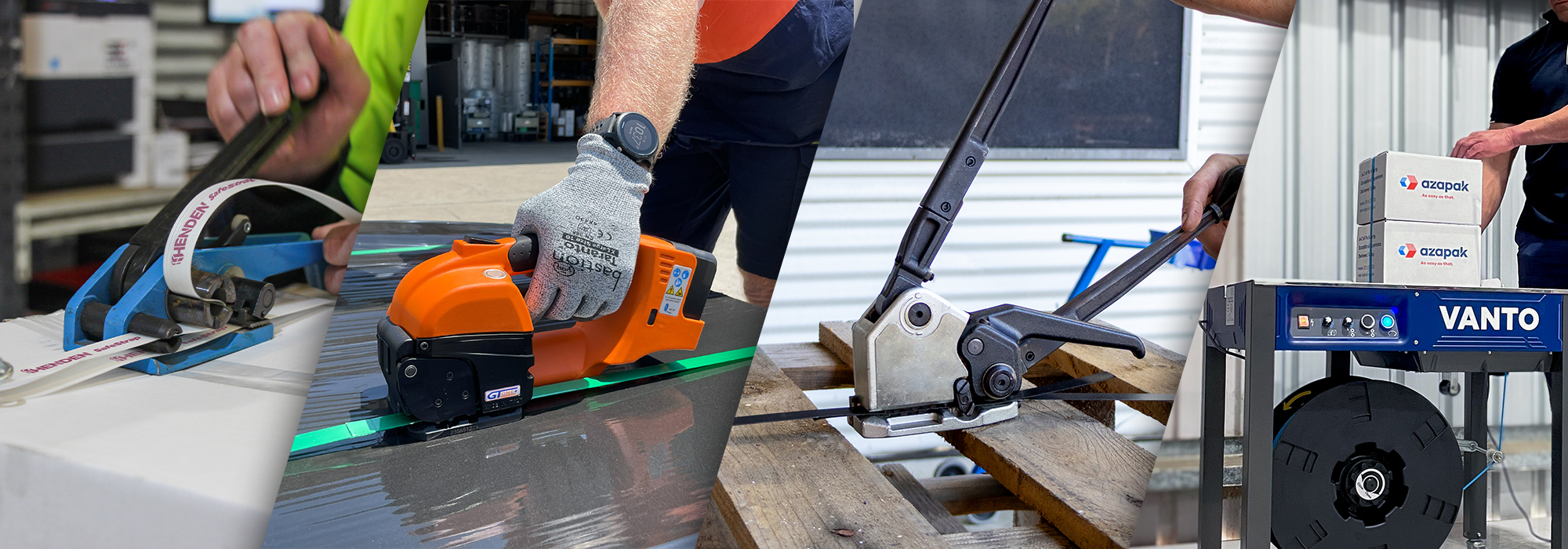
Damaged pallets, shifting loads, and workplace safety risks often come down to one thing: the wrong strapping. Using strapping that isn’t strong enough, or not suited to your storage and transport conditions, can lead to costly product damage and even injury.
That’s why choosing the right packaging strapping is so important. From pallet straps and box strapping through to metal pallet strapping for the heaviest loads, each type is made from a different material designed for specific conditions.
The right choice of strapping supports a smoother packaging process, reducing risk and improving load stability from warehouse to delivery. In this guide, we’ll break down the main options and help you decide which strapping best suits your goods, workflow and budget.
Explore Strapping & Tying Products
What Is Strapping Made Out Of?
Strapping is manufactured from different materials, each chosen for its balance of strength, flexibility and durability. The most common options include:
- Polypropylene (PP) – a lightweight plastic that is economical and flexible, suited to bundling cartons and lighter pallets.
- Polyester (PET) – a tougher plastic that holds tension well and absorbs shock, making it ideal for heavy pallets and long-distance transport.
- Composite – polyester filaments coated in plastic for added weather resistance and safe handling around delicate edges.
- Woven – interlaced polyester yarns that provide very high break loads and can be re-tensioned if loads shift.
- Steel – the traditional choice for extremely heavy or sharp-edged loads, valued for its maximum strength and durability.
Each material behaves differently under tension, vibration and weather conditions, which is why choosing the right packing strapping for your application is important.
Types of Strapping
The five primary types of strapping used in modern packaging each have distinct properties for different loads and environments.
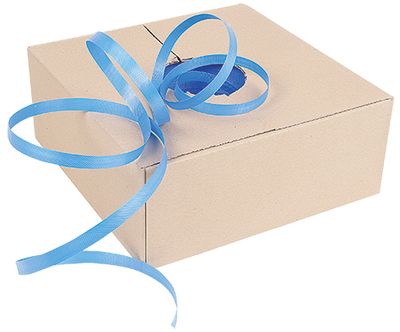 |
Polypropylene (PP) StrappingLightweight, flexible and economical, polypropylene strapping is widely used for box strapping and bundling lighter goods. It suits short‑term storage and local transport where cost control is a priority.
If you’re sending small cartons of retail goods to local stores, polypropylene is the most economical choice. It’s flexible and quick to apply, but still strong enough to keep light boxes together on a pallet. |
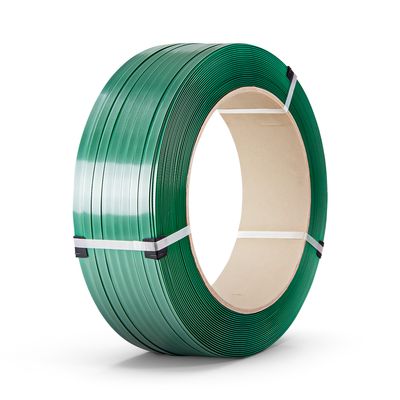 |
Polyester (PET) StrappingPolyester strapping is a stronger plastic pallet strapping option with excellent elongation and recovery. It maintains tension over time, absorbs shock during transport, and is widely adopted as a safer alternative to steel for heavy pallets.
Shipping a heavy pallet of bottled beverages interstate? PET strapping holds its tension even when loads are exposed to vibration, making it a safer option than PP. It’s also recyclable, which is a win for sustainability targets. |
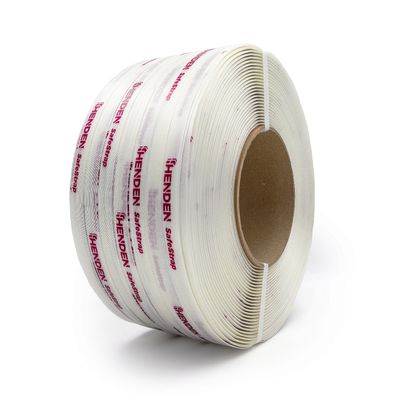 |
Composite StrappingMade from high‑tensile polyester filaments in a composite coating, composite strapping blends strength with flexibility. It is non‑corrosive and gentle on product edges, making it a smart option for outdoor storage and export.
Need to store machinery parts outdoors? Composite strapping won’t rust or corrode, and it’s safer to cut when unpacking compared to steel — a useful feature if your team is working with sharp or irregular edges. |
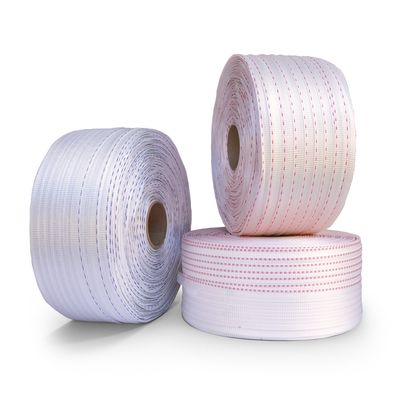 |
Woven StrappingWoven strapping is manufactured from woven polyester yarns. It delivers very high break loads and the ability to be re‑tensioned after settling, which helps when loads may shift. Woven strapping also provides added load security, keeping goods stable even when shipments are subject to rough handling or shifting in transit.
Moving a load of forestry equipment or irregular machinery? Woven strapping allows you to re-tension in the field if the load shifts during transport, keeping everything stable until it reaches its destination. |
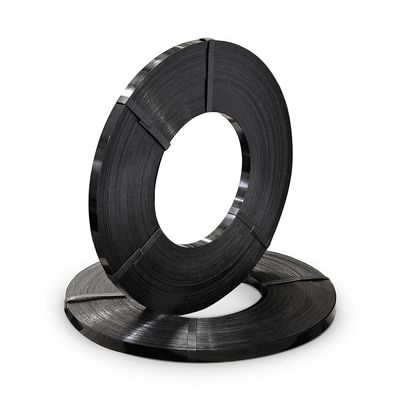 |
Steel StrappingThe traditional choice for the heaviest, most demanding applications. Steel strapping (often called metal pallet strapping) offers maximum break load and superior impact resistance. It remains essential for bricks, timber packs and metal stock.
Steel strapping is the most suitable option for heavy items like bricks, timber and plate steel, where maximum strength and durability are essential. If your load is sharp-edged or exposed to high heat, steel is the safest choice. |
Comparisons – Which Strapping Should I Choose?
- PP vs PET: PP is the economical choice for box strapping and light unit loads. PET holds tension better and suits heavy pallets or longer transits.
- PET vs Steel: PET provides high strength without rust or sharp edges. Steel still leads when maximum break load and heat tolerance are critical.
- Plastic vs Woven: Plastic strapping (PP or PET) runs quickly on dispensers and machines. Woven strapping excels for irregular loads and can be re‑tensioned in the field.
Choosing the Right Strapping for Your Load
Use this quick framework to align the types of strapping to your task:
- Load weight: Lighter cartons suit PP. Heavy palletised goods, drums or bricks require PET or steel. PET and steel are often preferred for securing pallets carrying heavy or high-value loads, thanks to their superior strength and long-term tension retention.
- Edges and surfaces: Sharp or abrasive loads favour steel or PET with corner boards. Fragile cartons may benefit from composite or woven.
- Environment: For outdoor storage or export, PET, composite or woven perform best. Steel can corrode over time.
- Speed and volume: High‑volume operations benefit from plastic pallet strapping applied with automatic machines.
- Budget & sustainability: PP provides the lowest upfront cost. PET is recyclable and durable. Steel is recyclable, but heavier and less eco‑friendly.
Tools and Accessories for Reliable Results
Azapak provides a full range of packaging supplies such as dispensers, buckles, seals and edge protectors to make the strapping process efficient and consistent.
| Tensioners | 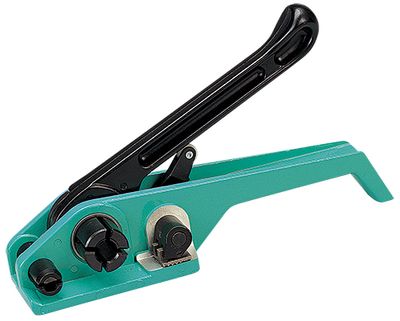 |
These tools are crucial for applying the correct amount of tension to the strap, pulling it tight around the load to ensure stability. Proper tension prevents shifting during transit. We offer a range of tensioner tools for PET strapping, Steel Strapping, Poly Strapping and more. |
| Crimpers & Seals | 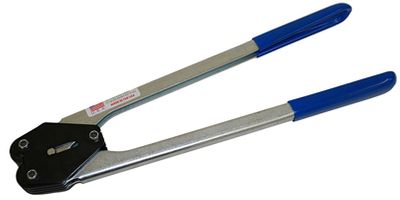 |
After tensioning, a crimper (or sealer) is used to clamp a metal seal around the overlapping ends of PP and PET strapping. This creates a strong, reliable joint that locks the strap in place. See our range of manual crimpers for PET strapping, polypropylene strapping and steel strapping. |
| Buckles | 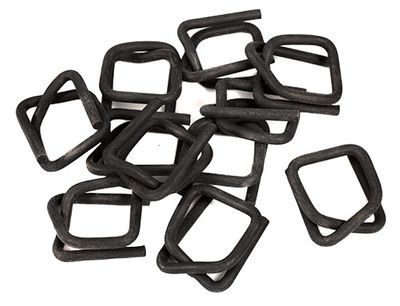 |
Used with poly, woven and composite strapping, buckles allow the strap to be threaded through and pulled tight. Their design allows for re-tensioning if the load settles or shifts. |
| Cutters | 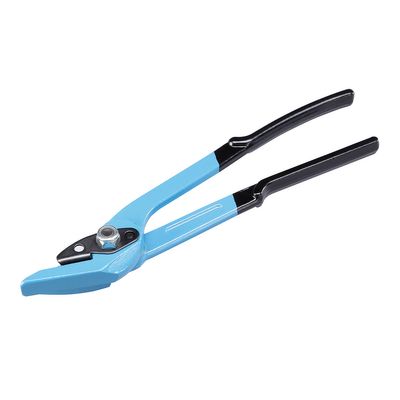 |
A dedicated, heavy-duty cutter is the safest way to remove strapping once a delivery is complete. We offer various cutting tools designed for slicing tough materials like PET, woven, and steel strapping cleanly. |
| Dispenser Trolleys | 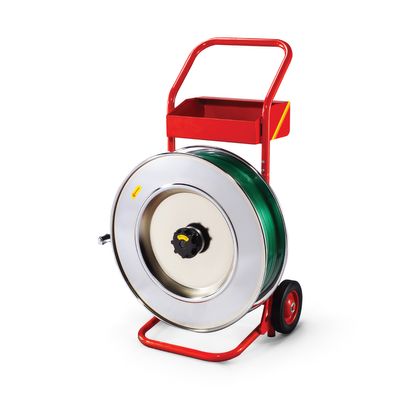 |
These mobile carts hold large rolls of strapping, allowing you to move them easily around the warehouse. They prevent the strap from tangling and make the dispensing process faster and more ergonomic. |
| Edge Protectors | 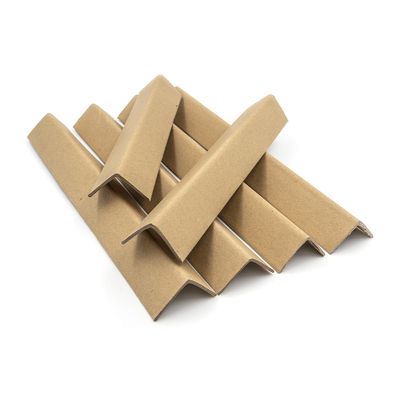 |
Placed on the corners of cartons or palletised goods before strapping, these simple accessories distribute the strap's pressure over a wider area. This prevents the tensioned strap from cutting into and damaging your products. Check out our range of cardboard and plastic edge protectors. |
Other Types of Strapping – Tape Options
While plastic and metal strapping is ideal for securing heavy loads, Strapping Tape is an essential complementary product for bundling items and providing additional stability to palletised goods.
This high-tensile, non-stretch tape provides exceptional strength and is commonly used in warehouses and packing sheds. Its adhesive is formulated for a strong initial tack and easy removal. As an economical choice, it can often reduce the need for pallet wrapping, making it perfect for quickly securing cartons or bundles to a pallet.
Explore our Strapping Tape range.
Hand Strapping vs Machine Strapping
Choosing between a mobile hand tool and a fixed strapping machine depends on your volume, workflow, and what you are strapping – individual cartons or full pallets.
|
|
|
Quick Selector – Typical Applications
- Cartons for metro delivery: PP is the cost‑efficient packaging straps choice.
- Heavy pallets for interstate transport: PET offers high strength and shock absorption.
- Outdoor storage or export crates: Composite or woven resist weather and can be re‑tensioned.
- Very heavy, hot or sharp‑edged loads: Steel remains the dependable option.
Stay Secure With the Right Strapping
From cartons and light packages to heavy industrial pallets, there’s a strapping solution for every job. Whether you need plastic pallet strapping for everyday shipping or metal pallet strapping for maximum break load, Azapak has a full range ready to go.
Not sure which option is right for your business? Our team can advise on the best strapping material, break load capacity and tools for your application so you can request the right products to keep your pallets secure, safe, and compliant.
Explore Strapping & Tying Solutions Today
The Right Strapping Supplies, Expert Advice & Fast Delivery
Azapak helps businesses of all sizes with their load security and general warehousing needs. Need help selecting the right types of strapping, determining the required break load, or want to upgrade to a strapping machine? Our valued customers get expert advice on our entire range of strapping, plus local warranty support and servicing on all our strapping tools and machinery.
Interested in finding out more? Call our team at 1300 255 725 or email sales@azapak.com.au.

